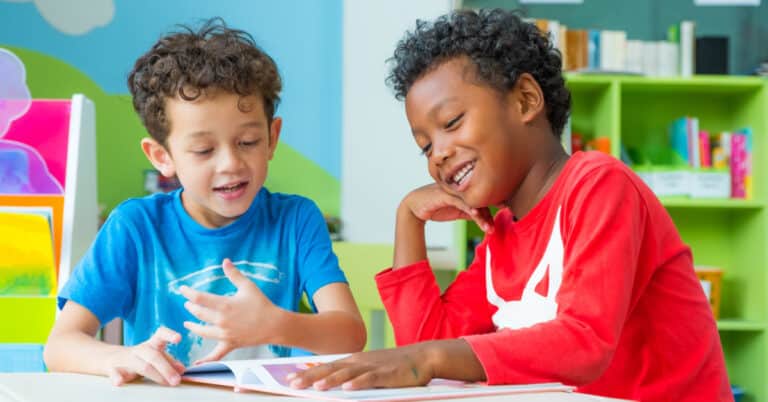These resources show the prioritized educator competencies in action. These competencies have the most leverage in transforming classroom practices to be personalized, student-centered and more equitable. The prioritized competencies intersect across domains and highlight the practice of continuous improvement.
Footage includes:
- Fellow teachers demonstrating key techniques and strategies
- Experts and peers discussing practice
- Students reflecting on their experiences
We have selected examples that show a range of implementation levels, further explained in our Assessment Tool for Prioritized Competencies, to help you grow whether you are establishing new practices, developing skills or working to refine your techniques. While each competency is complex, to best show a progression of skill development we have narrowed in on one specific practice for each.
Visit Educator Competencies for Personalized, Learner-Centered Environments to explore competencies and tools created to support teachers as they transform their classroom practices into places of personalized, student-centered learning.
You can also use the prioritized competencies to assess your current practices and identify areas for personal growth or to reflect and guide conversations with your peers. Seeing what each competency looks like in the classroom will help you better understand the complex set of skills and knowledge teachers need to bring personalized, student-centered learning to life.
Video examples of “Develop Metacognitive Skills” across implementation levels
The video examples below focus on inquiry-based teaching, from supporting young students with lots of scaffolding to classrooms organized around student-generated questions.

Establishing level: By creating curriculum around meaningful questions, teachers can build engagement and motivation. In this in-depth video, a high school teacher and her students lead viewers through an inquiry-based unit in their English 12 Composition class. This resource is a great peek into a classroom for teachers who want to see what inquiry-based learning looks like in action.

Developing level: By leaving space in a lesson for authentic curiosity to take hold, teachers can enable deeper learning. Watch how this science teacher fosters intrinsic motivation to learn by modeling continuous inquiry and fostering her students’ curiosity. The strategies presented here can help teachers looking to inspire their students to generate and investigate more of their own questions.
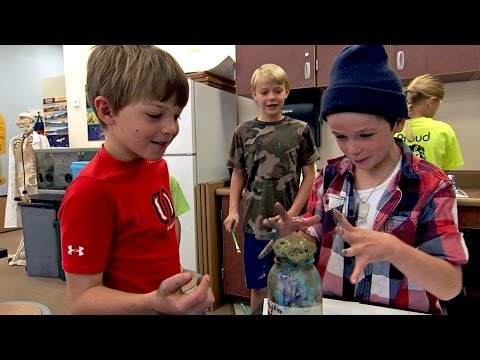
Operationalizing (mastery) level: With scaffolding, even the youngest students can lead their own learning. With commentary from teachers and students, as well as lots of footage of lessons, this video showcases a Colorado elementary school committed to inquiry learning. See how they teach students the inquiry approach and then gradually release responsibility, moving to student-generated inquiry.
Video examples of “Dedication to All Learners” across implementation levels
The following videos explore ways to recognize and address unintentional biases, imperative and ongoing work for teachers dedicated to all learners. These examples showcase strategies at several levels, from individual exploration to school and district-wide efforts.
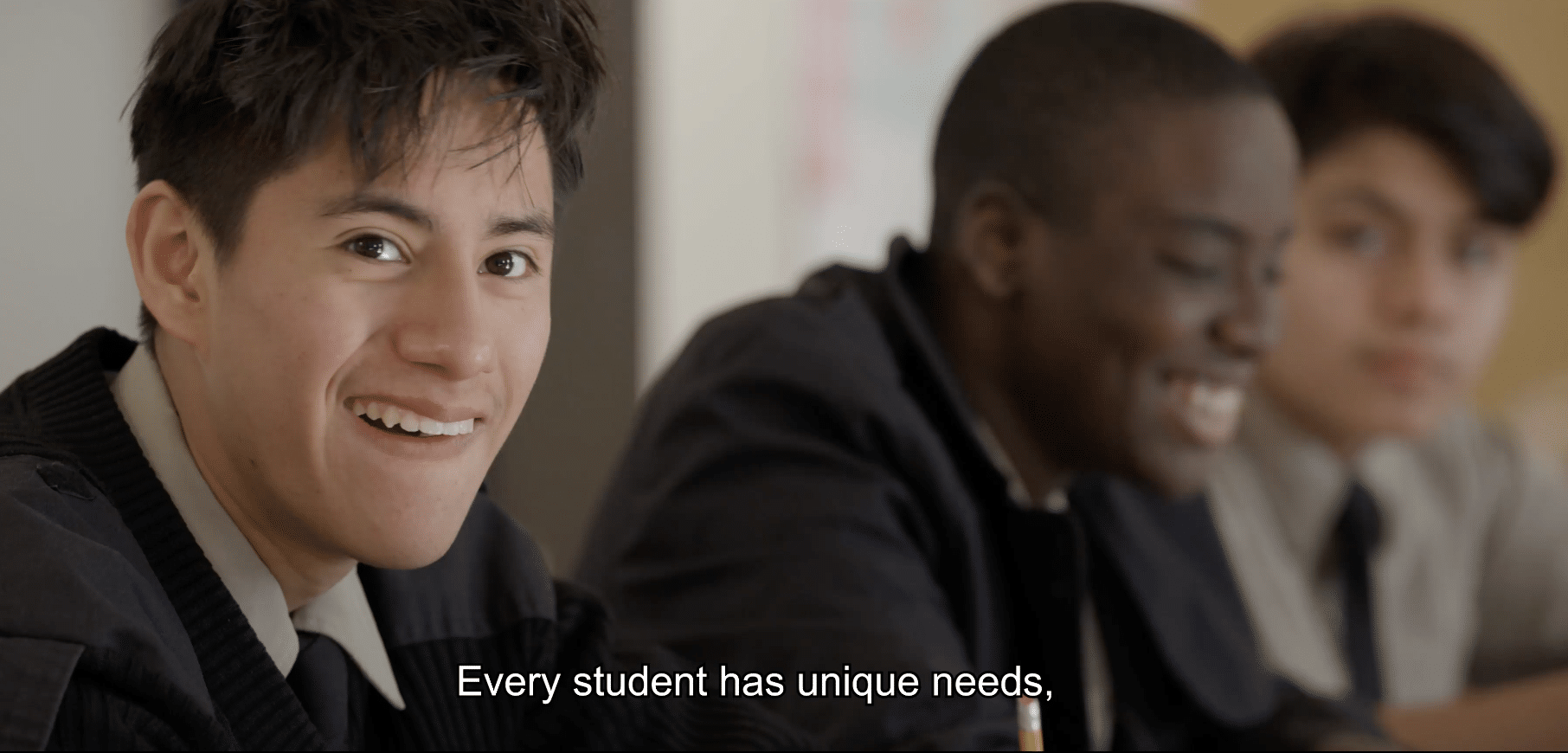
Introductory level: Truly serving all students – especially those from groups that have been historically marginalized – often requires deep work to uncover one’s own assumptions. In this video, a first-year teacher discusses the moment when she first confronted her own implicit bias and began to make changes. This story can inspire teachers at any stage in their journey.
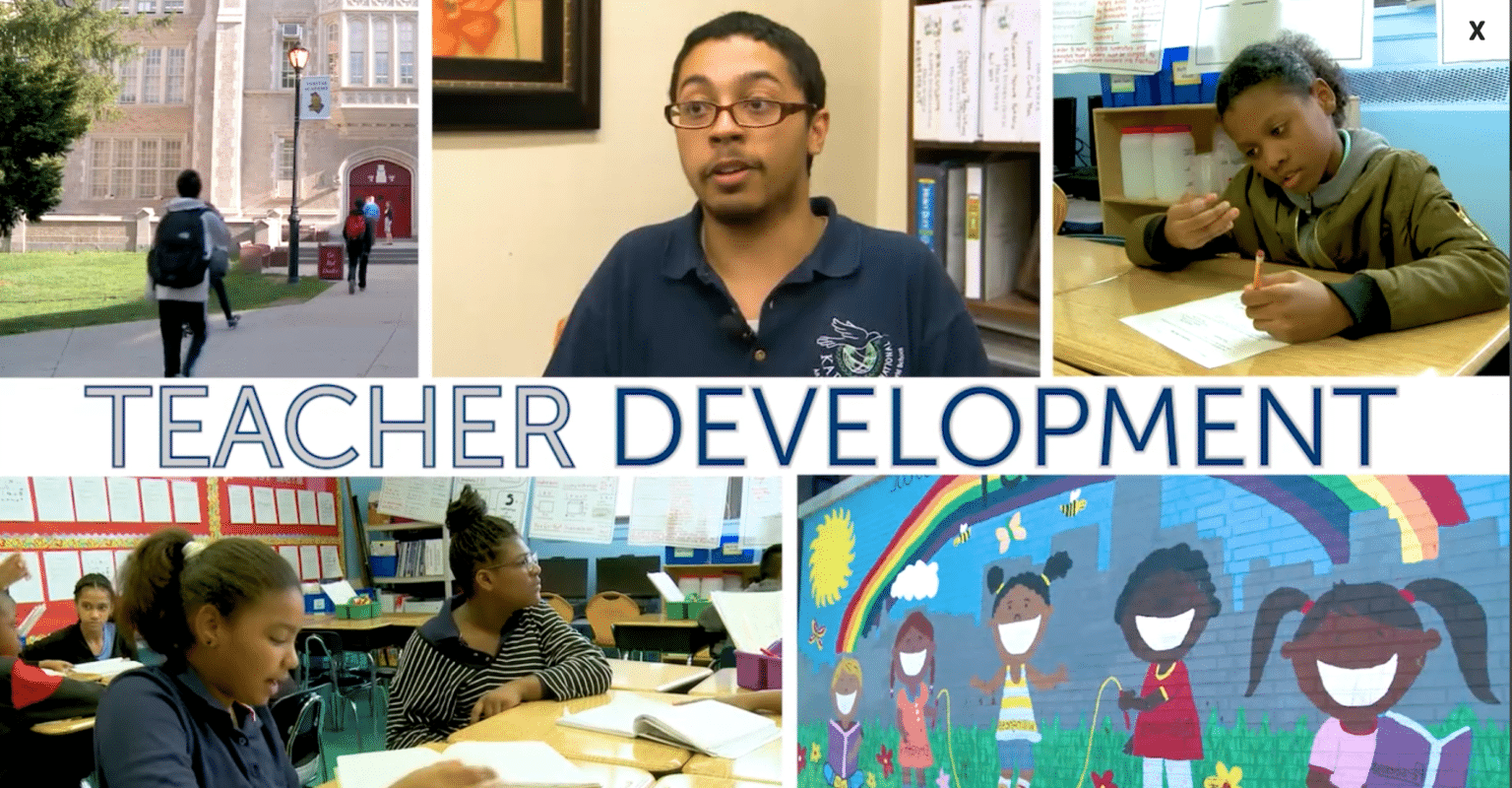
Developing level: Teachers working together are stronger than those working in isolation. In this video, educators discuss their work to increase teachers’ capacity to examine their own identities and biases and become more culturally responsive. They focus on the importance of getting to know students and building relationships to honor student identity. School teams will get ideas to create a more supportive, inclusive environment.
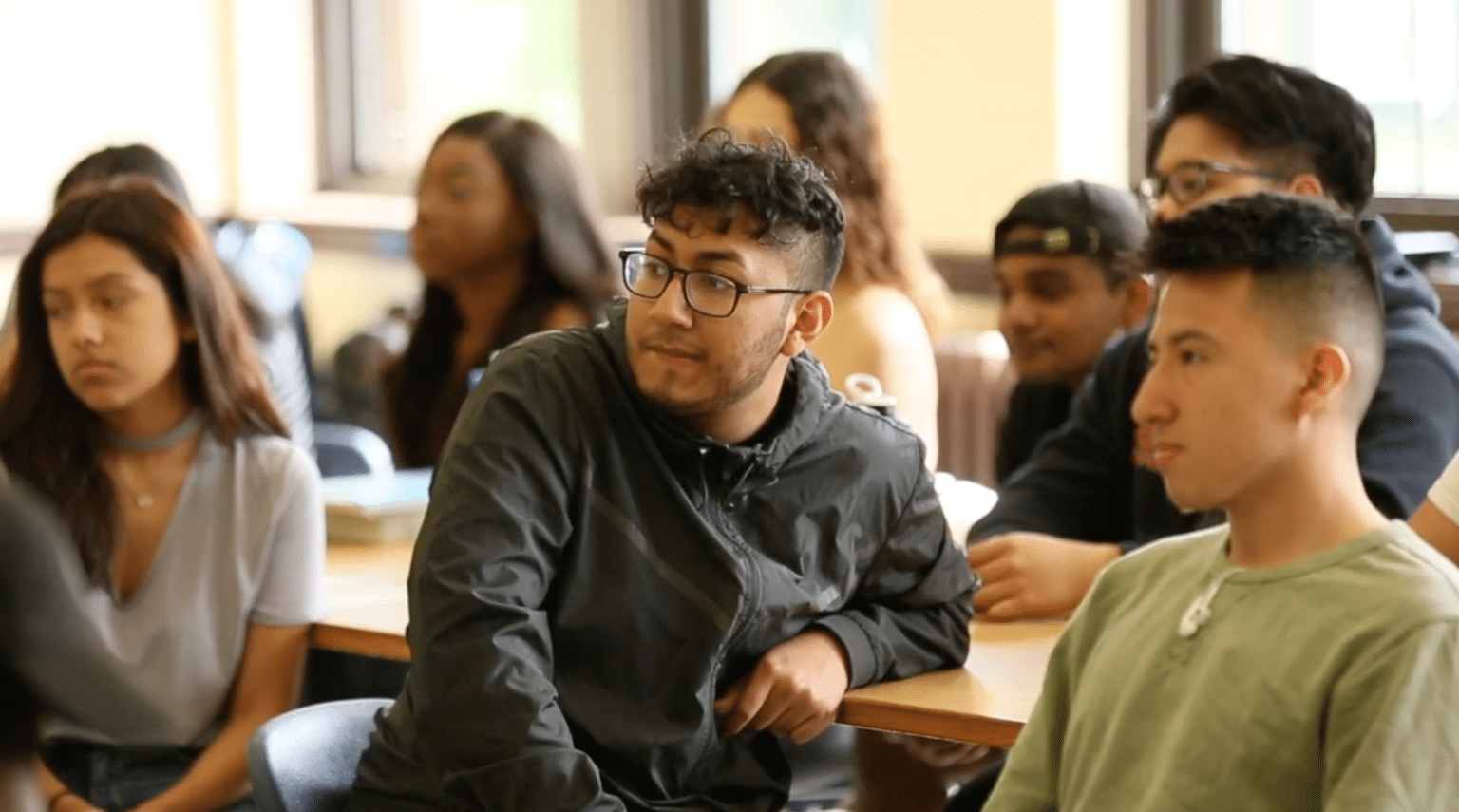
Operationalizing (mastery) level: Bringing educators together across a district to discuss complex issues of race can be very powerful. Listen to New York teachers participating in the Critically Conscious Educators Rising training discuss the internal work teachers must do to become more aware of race and their own inherent biases. This video series provides a glimpse of the kind of safe space districts can create for staff to tackle these issues with honesty and openness.
Video examples of “Vision for Teaching and Learning” across implementation levels
These examples include strategies to help teachers solidify their vision of personalized, learner-centered education, from personal reflection to participation in district or national events.
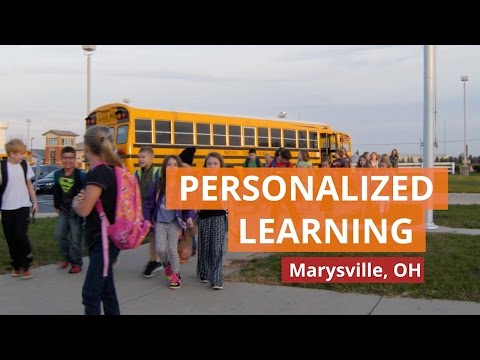
Introductory level: To begin working towards a personalized, competency-based classroom, one must have a clear vision. In this video elementary and high school staff in Marysville, Ohio clearly articulate the components of a learner-centered classroom such as the importance of voice and choice and the role of teacher as a facilitator. This is a great introduction from a teacher perspective.
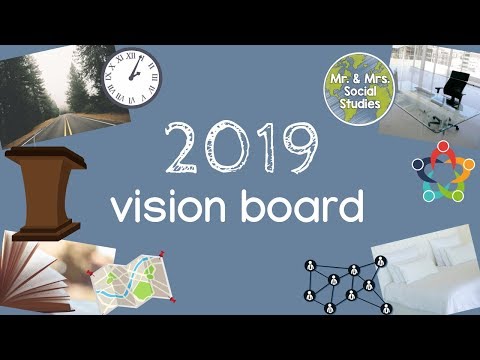
Developing level: With a solid understanding of student-centered learning, teachers can reflect and set goals to shift their practice, using strategies such as a vision board. In this video a social studies teacher explains how to create a vision board and shares her own. This strategy can help any educator articulate their teaching goals.

Operationalizing (mastery) level: By coming together with like-minded peers, teachers can find inspiration and share ideas. In this video, teachers who attended a large PD event in Grand Junction, Colorado discuss the importance of personalized learning and ongoing professional development. This video can inspire teachers to work with others to expand their vision of personalized learning.
Video examples of “Lifelong Learning and Growth” across implementation levels
These videos feature practitioners using data to examine personal practice, identify student needs and set goals. They offer simple tips for individual teachers to try in the classroom as well as ideas for using data school-wide.
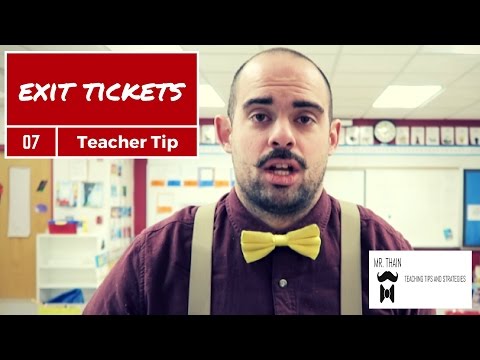
Introductory level: Using simple collection strategies, teachers can gather data daily to reflect on and improve their teaching practice. In this short video, a fellow teacher explains how to use exit tickets to see if students have mastered the content from a lesson and adjust teaching plans accordingly. This introduction lays out simple tips to help any teacher try this formative assessment strategy right away.
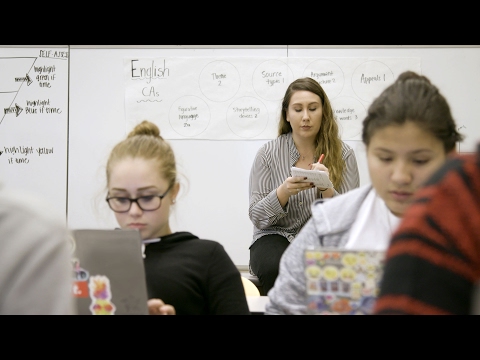
Developing level: Frequent formative assessment can provide the data necessary to assess and address the needs of all learners. Watch teachers use real-time data to adjust and inform their teaching. Classroom footage and interviews show how to use a variety of formative assessment tools daily, from google surveys to quick techniques like exit tickets and thumbs up or down. School teams committed to personalized learning will be inspired by the way data drives instruction at this school.

Operationalizing (mastery) level: Giving students opportunities to reflect on their teachers’ practice enhances their sense of agency while providing teachers with valuable insights. In this video, teachers, administrators and students explain how student surveys are used across the school to provide teachers with valuable data to inform and improve teaching. This strategy places students at the center of the reflection process for teachers looking to go deeper.
Video examples of “Positive Learning Environments” across implementation levels
These examples highlight three schools that have built cultures focused on shared accountability for student learning and continuous improvement.
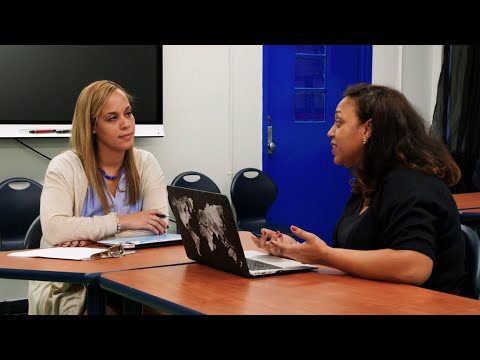
Introductory level: When teachers support one another’s growth, a culture of trust and shared accountability can develop. This video follows teachers at Concourse Village Elementary School. After they are thoughtfully paired, they spend time observing each other’s classrooms to both learn and provide feedback. The strategy featured here could be implemented at any school to start building a stronger professional learning community.
Developing level: Schools must continually work to nurture the learning community they have built amongst their staff. Watch the principal of Amana Academy describe the mindsets and structures they use to foster continuous improvement school-wide. This video includes footage of four different kinds of professional development: data informed PD, coaching, walkthroughs and learning walks. The discussion on assessing and using data as a group will be particularly helpful to schools looking to push their practice further.
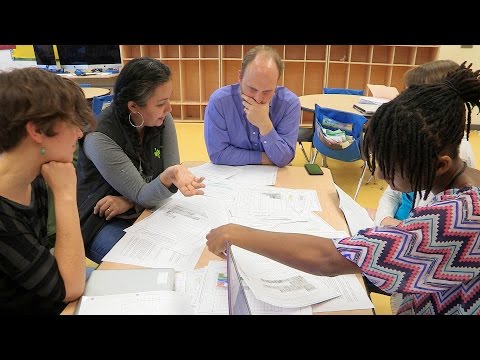
Operationalizing (mastery) level: When student work guides conversations, a culture of improvement and collaboration can thrive. This video details the process and protocols staff at Two River Public Charter School use to look at student work as a group and help their peers grow. Schools with a robust learning community can use this practice to take their improvement work to a deeper level.
Video examples of “Promote Student Agency” across implementation levels
These examples showcase ways students can be part of curriculum planning, one strategy for giving students voice and choice in their learning. They cover a continuum from letting students choose topics from a list, to co-designing courses.
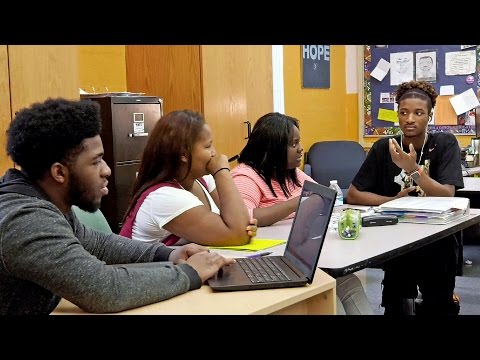
Introductory level: Giving students choices in what and how they learn builds relevance and engagement. Nashville’s Big Picture High School is committed to honoring student voice and choice through project-based learning. For each project, teachers offer options of topics and ways to demonstrate mastery. Commentary from teachers, along with dynamic classroom footage, provides a peek at project-based learning to inspire any teacher.
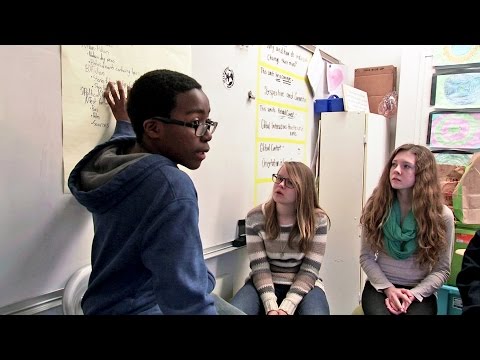
Developing level: With thoughtful scaffolding, teachers can harness the power of students’ curiosity to lead curriculum choices. In this video, a fourth-grade teacher explains how teachers guide students through an inquiry process and then design lessons that stem from student questions. Teachers looking to give students a larger voice could use this process to build student-driven lessons on relevant topics.

